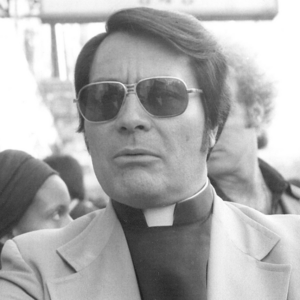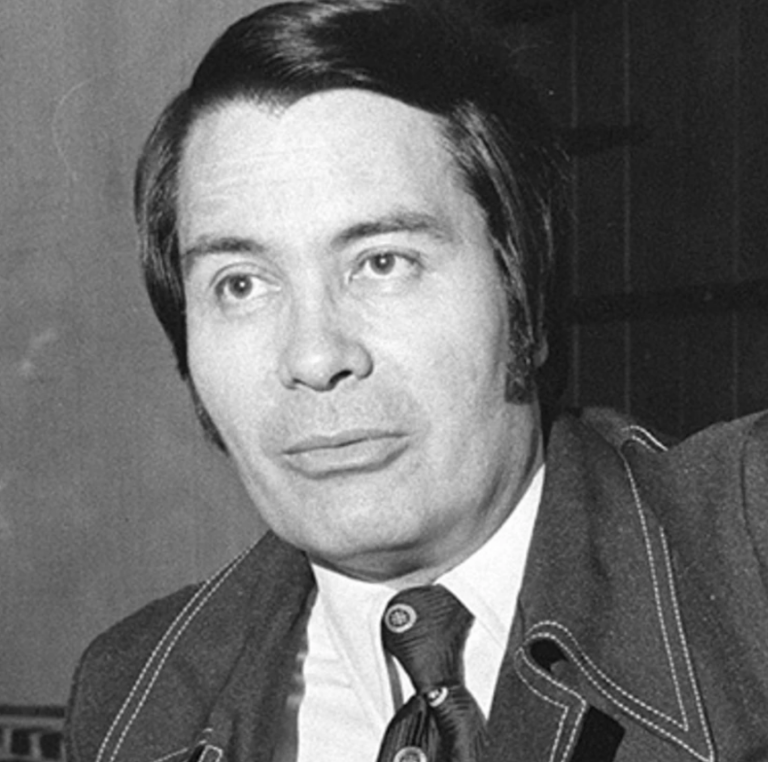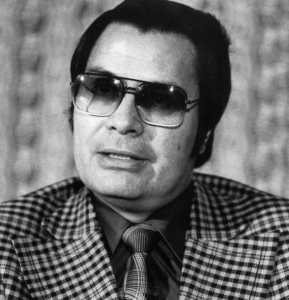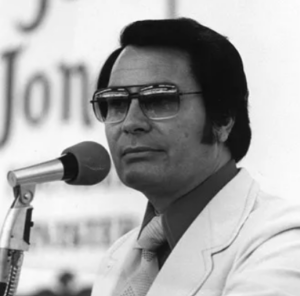The perplexing circumstances surrounding Jim Jones’ death continue to fuel speculation and debate. The question lingers: Who shot Jim Jones? Was it a deliberate act of murder or a tragic episode of suicide?
The demise of Jim Jones remains a complex puzzle, with the lingering questions of murder, suicide, and the possibility of assistance shrouded in uncertainty.
The limited forensic evidence and inconclusive autopsy findings ensure that the mystery endures, leaving us to contemplate the enigmatic circumstances surrounding one of history’s most perplexing tragedies.
The Jonestown tragedy, these resources offer a comprehensive understanding, shedding light on the intricate web of events that led to one of the darkest episodes in modern history.
Table of Contents
Jim Jones Murder Case
The Mysterious Demise
Jim Jones met his end with a gunshot wound to the head, making him one of the only two individuals to perish in Jonestown under such circumstances.1
The autopsy, conducted on only seven out of the many victims, failed to provide conclusive insights. The cause of death, a gunshot wound to the head, left investigators grappling with the possibility of both murder and suicide.
Inconclusive Autopsy Findings
The autopsy report remains inconclusive, stating, “The manner of death is consistent with suicide because of the finding of a hard contact gunshot wound of the head.”
However, the report cautiously adds, “The possibility of homicide cannot be entirely ruled out because of the lack of specific and reliable information.”
The limited forensics, including the entry wound’s location and the bullet’s trajectory, offer no clear direction.
Ambiguous Gun Position
The positioning of the gun near Jones’ body adds another layer of mystery. Found several feet away from him, the gun’s location does not definitively point to murder or suicide.
It leaves room for speculation—could someone have shot him and strategically placed the weapon nearby? Alternatively, the recoil from a self-inflicted gunshot could explain the distance between Jones and the gun.

Suicide or Differentiation?
Jim Jones frequently spoke about death, even mentioning suicide on multiple occasions. However, if he chose suicide, why did he opt for a gunshot instead of the poison that claimed the lives of others in the community?
Was it a deliberate choice to distinguish his death from the rest, or did he seek a quicker end after witnessing the agonizing effects of cyanide-induced deaths?
The Right-Handed Dilemma
One perplexing detail emerges from the autopsy report—the “wound track [was] left to right.” Considering Jones was right-handed, a gunshot wound to the left temple becomes inherently challenging.
This raises questions about the circumstances surrounding the shot—was it self-inflicted, or did someone else pull the trigger?
Speculations of Assistance
Intriguingly, the autopsy report, while inconclusive, dedicates significant attention to the wound’s trajectory. This has led to speculation that someone else might have been involved in Jones’ demise.
A controversial theory suggests that Jones could have enlisted someone close to him to partake in what can only be described as a morbid form of collaboration—a shared act of love and demise.

FAQ’s
1. What was the Jim Jones Suicide Murder incident?
The Jim Jones Suicide Murder incident, also known as the Jonestown Massacre, occurred on November 18, 1978, when cult leader Jim Jones led over 900 followers of the Peoples Temple to commit mass murder-suicide in Guyana, South America. Jones coerced his followers to drink cyanide-laced fruit punch, resulting in one of the largest mass deaths in modern history.
2. Who was Jim Jones, and what led to the tragedy?
Jim Jones was the charismatic leader of the Peoples Temple, a religious cult that began in Indiana, USA. The tragedy unfolded as a result of Jones’s increasing paranoia, power abuse, and manipulation of his followers. Fearing exposure and legal repercussions, Jones orchestrated the mass suicide, claiming it was an act of protest.
3. What happened to the family members of the victims?
Following the Jonestown Massacre, family members of the victims faced immense grief and trauma. Some sought counseling and support groups to cope with the loss, while others initiated legal actions against those they deemed responsible. The tragedy left a lasting impact on the families, highlighting the dangers of charismatic leaders and unchecked power.
4. Were there any survivors, and what happened to them?
While the majority of the Peoples Temple members perished in the mass suicide, a few individuals managed to escape or were away from Jonestown during the incident. These survivors faced challenges reintegrating into society and coping with the psychological aftermath. Some became advocates for cult awareness and spoke out against the dangers of charismatic leaders.
5. What lessons can be learned from the Jonestown tragedy?
The Jonestown tragedy serves as a stark reminder of the dangers of blind allegiance, unchecked authority, and the influence of charismatic leaders in religious or social groups. It underscores the importance of critical thinking, transparency, and vigilance in recognizing and preventing the manipulation and exploitation of vulnerable individuals within such communities.







